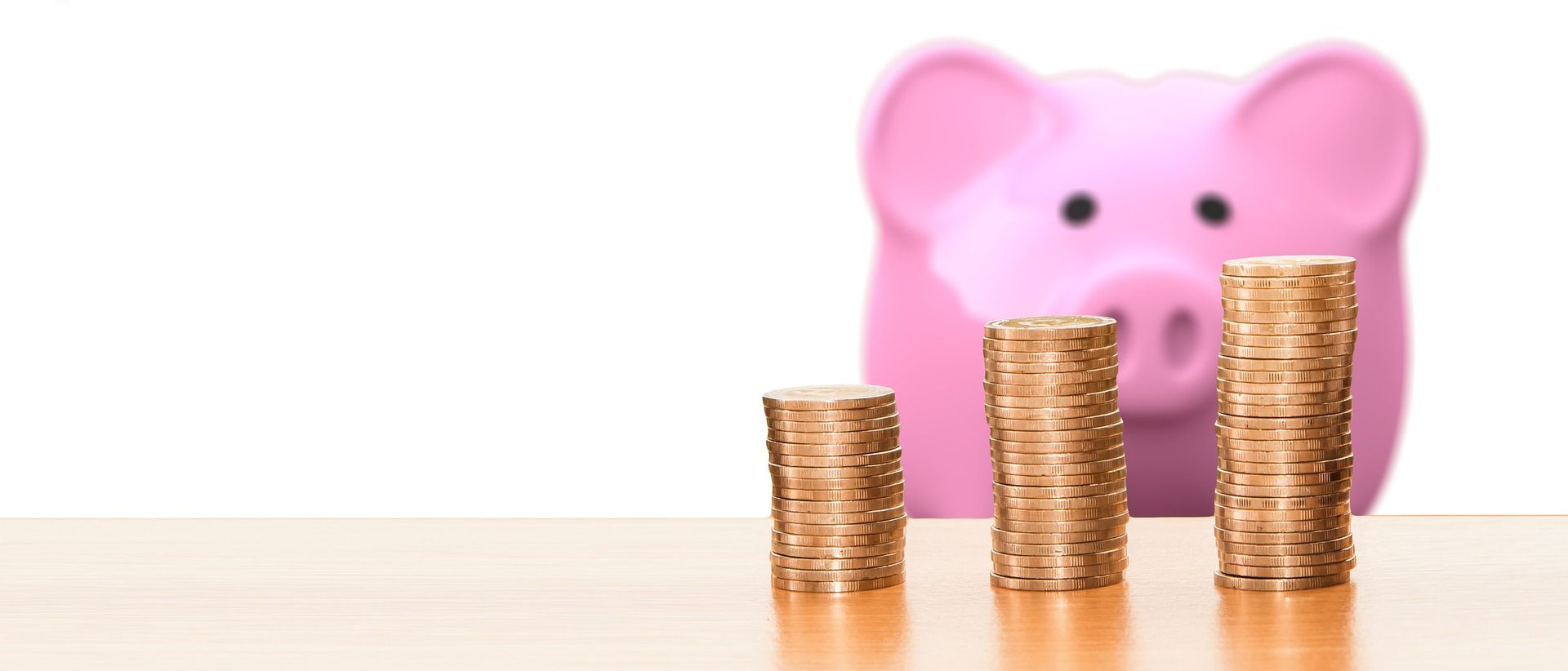Stamp duty has increased by almost 500 per cent in 25 years

The cost of stamp duty has increased by 490 per cent for the average homebuyer, according to property market analysis by London lettings and estate agent Benham and Reeves.
Now the stamp duty holiday is over, the average homebuyer in England will once again have to pay the government when they purchase their own home.
On the current average house price, this represents of total of £3,548, some 44 percent more than the average tax paid before the stamp duty holiday, which is widely believed to have triggered a house price boom.
In the last 25 years, according to the agent, the cost of stamp duty has never been higher, despite the effective rate being paid falling below one percent when the old “slab” structure was abolished in December 2014 and replaced by the new “slice” system.
When removing both unique instances of the recent holiday and the reprieve granted in 2009 in the wake of the financial crisis, the average cost of stamp duty has increased by an average of 8.4 per cent every year since 1997.
In fact, other than the two occasions where stamp duty was paused and reduced, the tax bill paid by homebuyers has only seen a year-on-year decline on four other occasions.
The first three of these came prior to, and following, the initial stamp duty break in 2009 as house prices continued to decline following the financial crisis.
The other materialised in 2015 following the switch from a “slab structure” to a “slice” structure whereby a property paid a percentage of stamp duty at each value threshold, rather than a full percentage based on the single threshold at which is sat.
The cost of £3,548 now faced by the average homebuyer is now 490 per cent more than the £601 paid back in 1997.